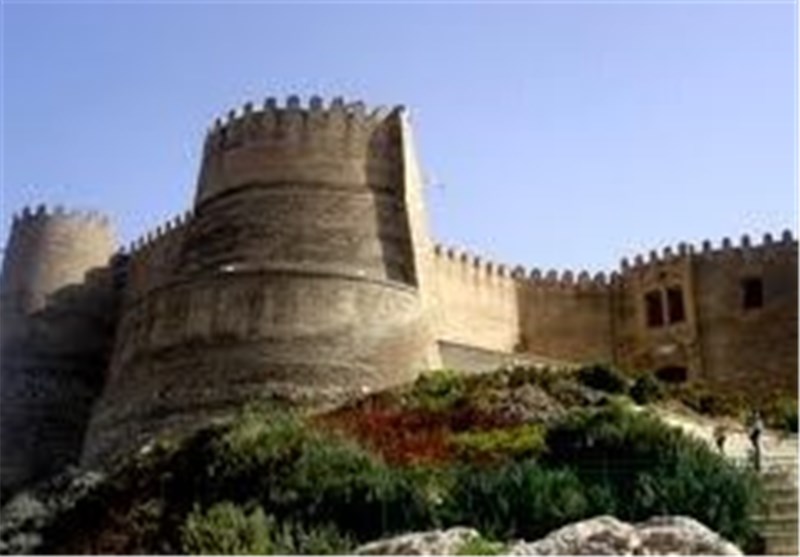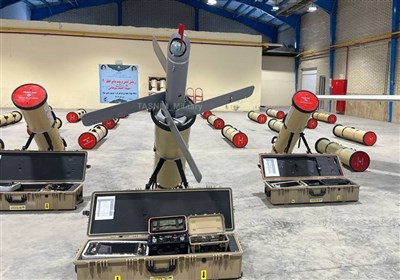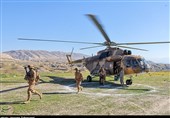Falak-ol-Aflak: An Impressive Castle in Iran
TEHRAN (Tasnim) - Falak-ol-Aflak Castle, known in ancient times as Dezbaz and Shapour-Khast, is situated on the top of a large hill with the same name within the city of Khorramabad, the regional capital of Lorestan province.
Falak ol-Aflak castle is amongst the most important structures built during the Sassanid era. It has been known by a number of names since it was built over 1800 years ago. Recorded names have referred to it as Shapour-Khast or Sabr-Khast fortress, Dezbaz, Khorramabad castle, and ultimately the Falak ol-Aflak Castle.
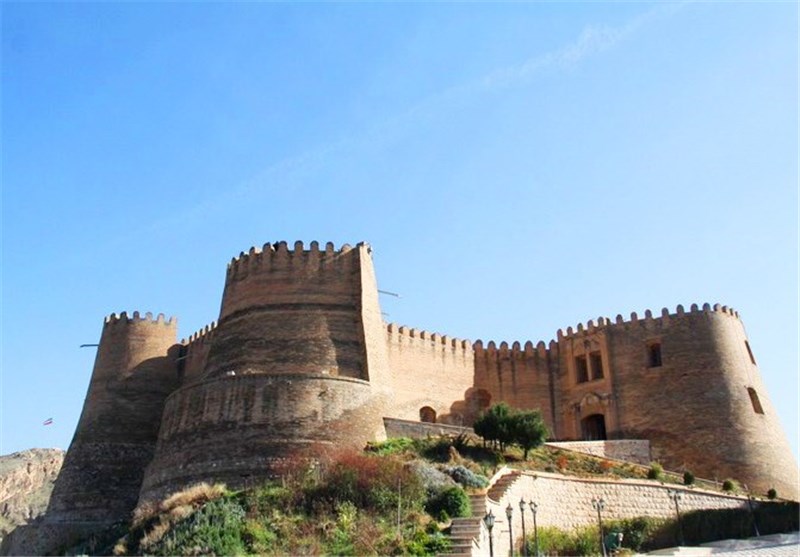
The Khorramabad River runs past the eastern and south-western side of the Falak-ol-Aflak hill providing the fortress with an element of natural protection. Today, the western and northern sides of the hill are bordered by the residential districts of Khorramabad. The foundations of the castle measure approximately 300 meters by 400 meters.
The height of the entire structure, including the hill, reaches to 40 meters above the surrounding area. The castle itself covers an area of 5,300 square meters. It is 2,860 meters in perimeter and its tallest wall is 22.5 meters high. This space is divided into four large halls, and their associated rooms and corridors. Originally the castle used to have 12 towers, but only 8 remain standing today.
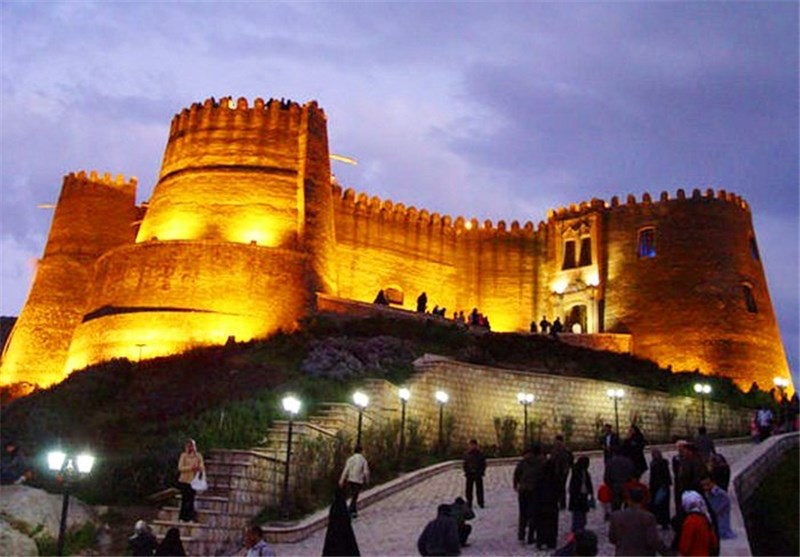
Falak ol-Aflak Castle appears to have been built with a dehumidifier system which is one of the wonders of the ancient world. Previously, the experts believed these dehumidifier canals with a height of more than 1 meter covering all the area beneath the castle were hide-outs for the residents.
But in reality, due to being aware of the changing climate in the region and the underground waters, the Sassanid engineers have equipped the castle with a dehumidifier. The castle is made with different materials like stone and wood that are vulnerable to humidity. That’s why the castle was built on the highest point of the city of Khorramabad, so that the wind could penetrate the building and dry its foundations.
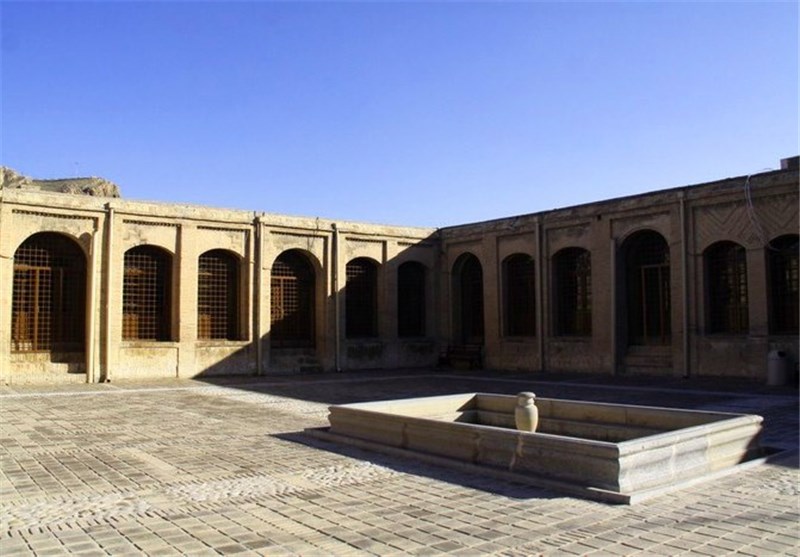
The castle is managed by the Iran Cultural Heritage Organization as a protected site. At present, Falak-ol-Aflak is on the Tentative List of UNESCO's World Heritage sites as an example of Persian Architecture.
Source: Iran Traveller
